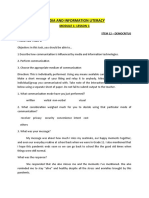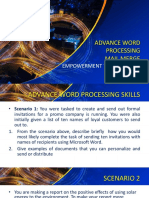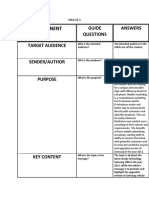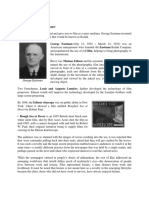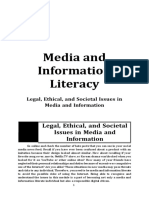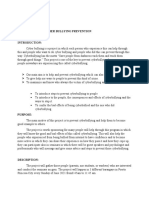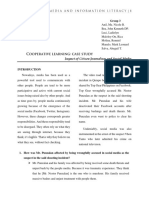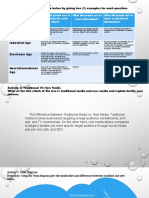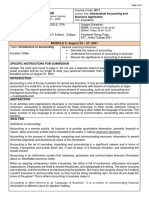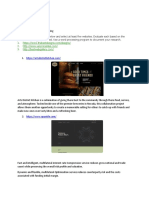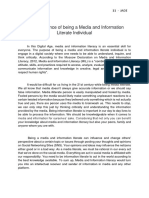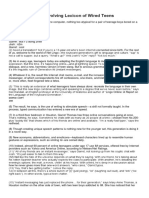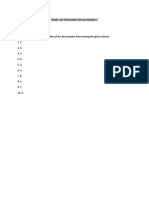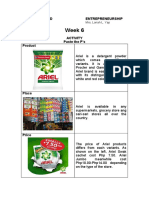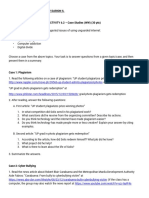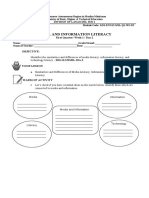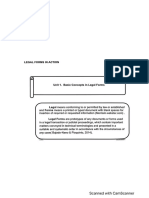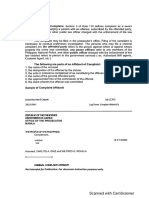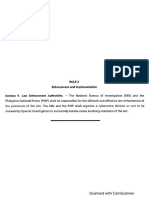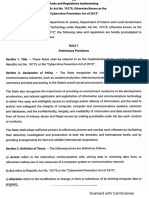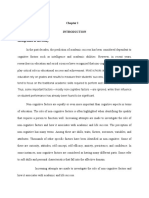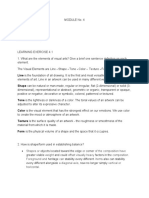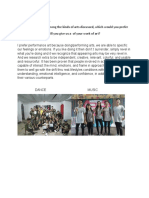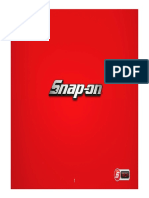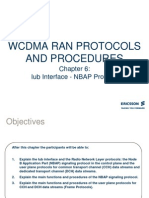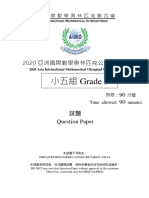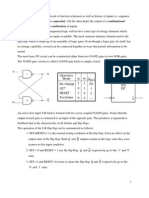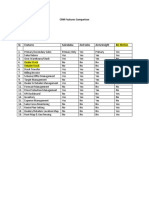100% found this document useful (3 votes)
2K views3 pagesAko
The document discusses various types of literacy:
- Media literacy refers to understanding how media works, how it presents information, and that it is not always objective.
- Information literacy is more closely related to library science and involves recognizing useful facts from media.
- Technology literacy refers to understanding technology and how to apply it in everyday life.
It notes that while media literacy and information literacy have some differences in approach, their goals of developing skills to access, understand and evaluate information are similar. Technology literacy and information literacy are also comparable as they both involve using tools and systems to access, evaluate and communicate information to solve problems. Overall, the document discusses the similarities and differences between media literacy, information literacy
Uploaded by
joshua patilanCopyright
© © All Rights Reserved
We take content rights seriously. If you suspect this is your content, claim it here.
Available Formats
Download as DOCX, PDF, TXT or read online on Scribd
100% found this document useful (3 votes)
2K views3 pagesAko
The document discusses various types of literacy:
- Media literacy refers to understanding how media works, how it presents information, and that it is not always objective.
- Information literacy is more closely related to library science and involves recognizing useful facts from media.
- Technology literacy refers to understanding technology and how to apply it in everyday life.
It notes that while media literacy and information literacy have some differences in approach, their goals of developing skills to access, understand and evaluate information are similar. Technology literacy and information literacy are also comparable as they both involve using tools and systems to access, evaluate and communicate information to solve problems. Overall, the document discusses the similarities and differences between media literacy, information literacy
Uploaded by
joshua patilanCopyright
© © All Rights Reserved
We take content rights seriously. If you suspect this is your content, claim it here.
Available Formats
Download as DOCX, PDF, TXT or read online on Scribd
/ 3



